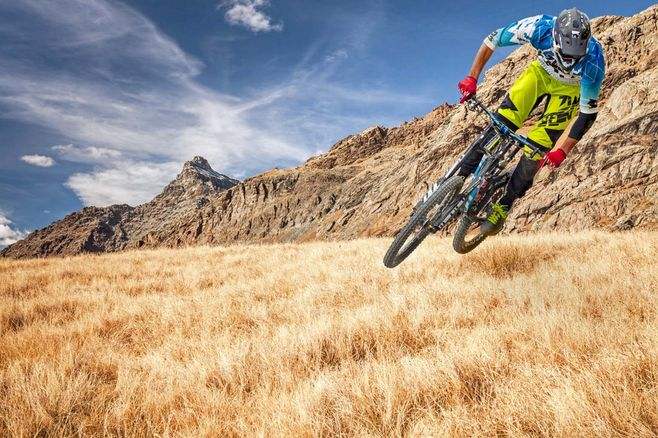
Privacy statement: Your privacy is very important to Us. Our company promises not to disclose your personal information to any external company with out your explicit permission.
2020-08-14
Tubeless Compatible: You`ll sometimes find this designation on rims or wheels that have the proper tubeless bead-lock profile but which need the addition of airtight rim tape to become tubeless ready.

Share to:
Send Inquiry

Ms. Xu
Email:
Send Inquiry Tel:86-0755-23357651
Fax:
Mobile Phone:+8618321875081
Email:
Address:Fuyong Street, Bao'an District, Shenzhen, Guangdong
Related Products List
Mobile Site


Privacy statement: Your privacy is very important to Us. Our company promises not to disclose your personal information to any external company with out your explicit permission.

Fill in more information so that we can get in touch with you faster
Privacy statement: Your privacy is very important to Us. Our company promises not to disclose your personal information to any external company with out your explicit permission.